While Samsung, OnePlus, and now Google are battling it out in the $700+ range, there’s an even more impressive battle in the $500 range. In the past year alone, there’s been a shift from what we formerly knew as a mid-range device to these $500 phones that offer a near-flagship performance. Some of the biggest contenders in this arena include Samsung, Xiaomi, Oppo, and ZTE.
ZTE has been trying to carve its way into the market in recent years, but instead of just throwing a bunch of things at the wall and hoping that something sticks, the company is taking a different approach. When you look at a phone like the ZTE Axon 30, it may just look like your traditional run-of-the-mill phone, but there’s more to it than that.
ZTE Axon 30 Review: Specs
- Display: 6.92-inches AMOLED
- Resolution: 2460 x 1080 (400ppi)
- Processor: Qualcomm Snapdragon 870
- RAM: 8GB / 12GB
- Storage: 128GB / 256GB UFS 3.1
- Front Camera: 16MP (Under Display)
- Rear Cameras: 64MP (Sony IMX682) / 8MP (ultra-wide) 5MP (macro) / 2MP (depth)
- Battery: 4,200mAh
- Water Resistance: N/A
- Extras: 120Hz refresh rate, Bluetooth 5.1, 65W Quick Charging, MyOS 11
ZTE Axon 30 Review: Design
Taking the Axon 30 out of the box, and there’s really not much that could come across as “striking”. The phone features a plastic back, which helped the company cut down on some of the manufacturing costs. We also have a rather unique camera design, as the camera module features two rounded enclosures for the sensors.
There’s a cutout for the single 64MP wide-angle lens, which comes courtesy of the Sony IMX682 sensor. Below that, we have another round enclosure, housing the 8MP ultra-wide, 5MP macro, and 2MP depth sensors. Rounding out the pack is an LED flash placed below the dual-camera modules, along with some “64MP” branding for good measure.
Around the rest of the phone, you’ll find the speaker and microphones on the bottom, in addition to the SIM card slot. On the right side of the phone, we have the power and volume buttons, and nothing else along the other two sides.
If you want to catch a glimpse as to why ZTE made sacrifices like using plastic instead of glass on the back, all you need to do is turn on the screen. ZTE was one of the first company’s to release a phone featuring an under-display camera sensor, and the Axon 30 is back with another attempt.
This is the same kind of technology that we’re seeing Samsung dabble with on the Galaxy Z Fold 3, but there’s a big difference between ZTE and Samsung. Instead of seeing some pixelation where the selfie camera is, you can’t see the selfie camera at all on the Axon 30. It’s not until you shine some light on the display and tilt it at just the right angle before the camera module appears.
By doing so, ZTE creates a uniform design around all edges of the phone’s display. It’s a unique and exciting alternative to the hole-punch cutouts that we have been forced to become accustomed to. In fact, the Axon 30’s screen reminded me a bit of the OnePlus 7 Pro with its uninterrupted display thanks to the camera mechanism that was built into the frame.
ZTE Axon 30 Review: Performance
When it comes to actually using the Axon 30, we have another case of “there’s not much to write home about”. The phone is lighter than you would expect, thanks to the plastic back, while still being comfortable in the hand. Plus, there’s the added benefit of using a flat screen, versus all of the “waterfall” displays that are pretty much found on every other phone nowadays, with a few exceptions.
The selfie camera isn’t the only piece of technology that is hidden under the screen, as ZTE is also using an in-display fingerprint scanner. In our time with the phone, it’s clear that this is an area where ZTE needs to catch up, as the scanner is slower even than my Pixel 6 Pro. It’s not a problem of accuracy, but instead, is just a question of why does the Axon 30 takes so long to recognize my fingerprint. More often than not, I find myself just entering my passcode into the phone anyways.
Powering this beast of a phone is the Snapdragon 870. It’s the chipset that we’ve found in many of these devices that hover around the $500, including the likes of the Realme GR Neo2, and OnePlus 9R. Between the fluid software and the 120Hz refresh rate, using the Axon 30 on a daily basis was just about as solid as you would expect.
In my time with the phone, I didn’t really experience any stuttering when switching between apps, nor did the Axon 30 hiccup when playing some games. What frustrated me the most was the software, as the bubbly-themed MyOS interface just isn’t my cup of tea. Of course, this is entirely subjective but I still prefer the likes of stock Android or even Samsung’s One UI over what ZTE has included here.
ZTE Axon 30 Review: Cameras
The Axon 30 feels a lot like a story about compromises in an effort to offset the costs of developing the under-screen selfie camera. On paper, having a quad-camera setup on the back feels like a win, but once you start diving a bit deeper, this just isn’t the case.
It’s not that the Axon 30 is bad at taking photos, and perhaps we’ve been spoiled with other phones. But to put it plainly, I just am not a huge fan of the results provided by ZTE’s latest offering. The 64MP main sensor can handle a lot of the load when it comes to quickly snap a picture, as there’s even a dedicated “64MP” mode to get the best quality possible. But as expected, it’s the additional cameras that provide the underwhelming experience.
Even the 8MP ultra-wide lens can snap some pretty good pictures, but you’ll need to make sure that the conditions are almost perfect. Of course, you can go back in and edit these photos in your photo editing app of choice, but for a point-and-shoot solution, the Axon 30 just misses the mark.
ZTE Axon 30 Review: What’s Missing?
Keeping with the trend of compromises, the Axon 30 is missing out on a couple of key features. For one, because the phone uses a plastic back, and didn’t try to pull some magic out of its hat like the Pixel 5, there’s no wireless charging. ZTE offset this a bit by including 65W fast wired charging, and the phone can easily last through a full day and then some. But wireless charging has become one of those staple features that I rely on daily, and it’s disappointing when a phone doesn’t offer it.
Another area where you’ll need to compromise is water resistance. The Axon 30 does not come equipped with an official IP rating, which means that you’ll need a bit more careful when using this phone outdoors.
Last but not least, is the software. While you might like what ZTE has done with MyOS, that’s not what we’re talking about. ZTE has already confirmed that the Axon 30 will only receive ONE Android OS update. The phone ships with Android 11 out of the box, so you’ll get an upgrade to Android 12, and that’s it. Security updates will likely continue to arrive, but if you had hoped for Android 12L or Android 13, you’ll be disappointed.
ZTE Axon 30 Review: Conclusion
I absolutely love that ZTE is working out the kinks for its under-display selfie camera. It’s incredibly joyful to look at the screen and not have your eyes immediately roam to a hole-punch cutout of any kind. And the quality itself is still much better than what Samsung packed into the Galaxy Z Fold 3. ZTE’s definitely leading the pack here, and we’re excited to see it adopted in future devices.
But there’s always an elephant in the room, and the ZTE Axon 30’s stiffest competition comes straight from Google. The Pixel 6 is priced at $100 more (without any deals), but brings Android 12 out of the box, an IP68 rating, wireless charging, and a striking design. Sure, you’ll have to “deal” with a hole-punch cutout, but it’s really not that big of a deal in the grand scheme of things.
ZTE is definitely on the right track as the Axon 30 is still a competitive phone with a competitive price. Performance is just as good as you would hope, and even the camera system will get you by in most situations. It’s just the rest of the package that leaves us wanting more.
ZTE Axon 30 5G Rating: star_fullstar_fullstar_fullstar_75star_empty (3.75 / 5)
The Good
- The under-display camera is incredible
- Lightweight and comfortable to hold
- Main and Ultra-wide cameras are solid
- The display itself is crisp and clean
The Bad
- No Water Resistance
- No Wireless Charging
- Only one major Android OS update
- Macro and depth sensors are disappointing
The Bottom Line
With the ZTE Axon 30 5G, you need to be ready for a few compromises. But if you can look past the lack of wireless charging and no IP rating, it’s a solid phone that performs admirably. We wish ZTE would get on the Samsung train when it comes to software updates, as only one major Android OS update puts a big damper on things.

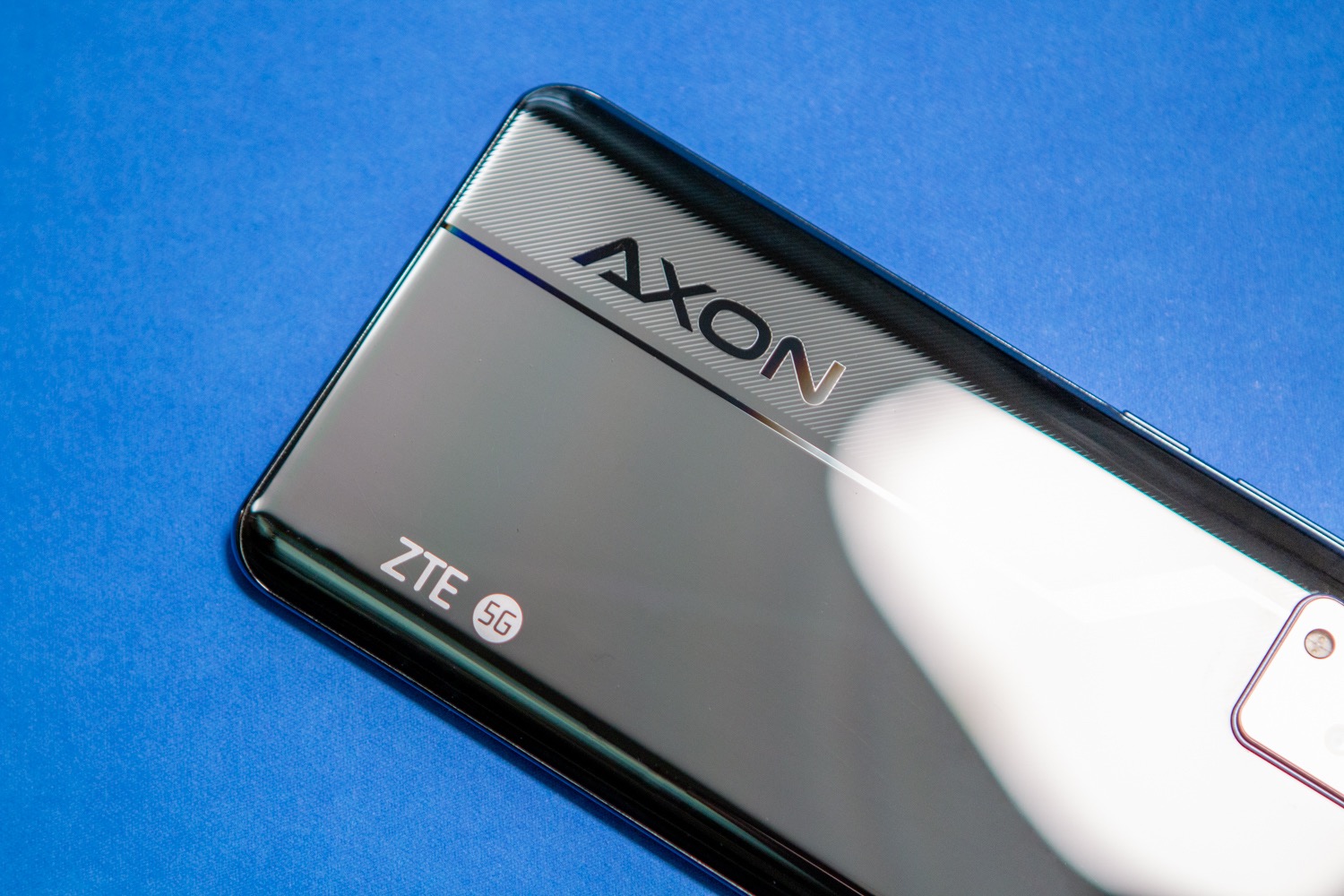
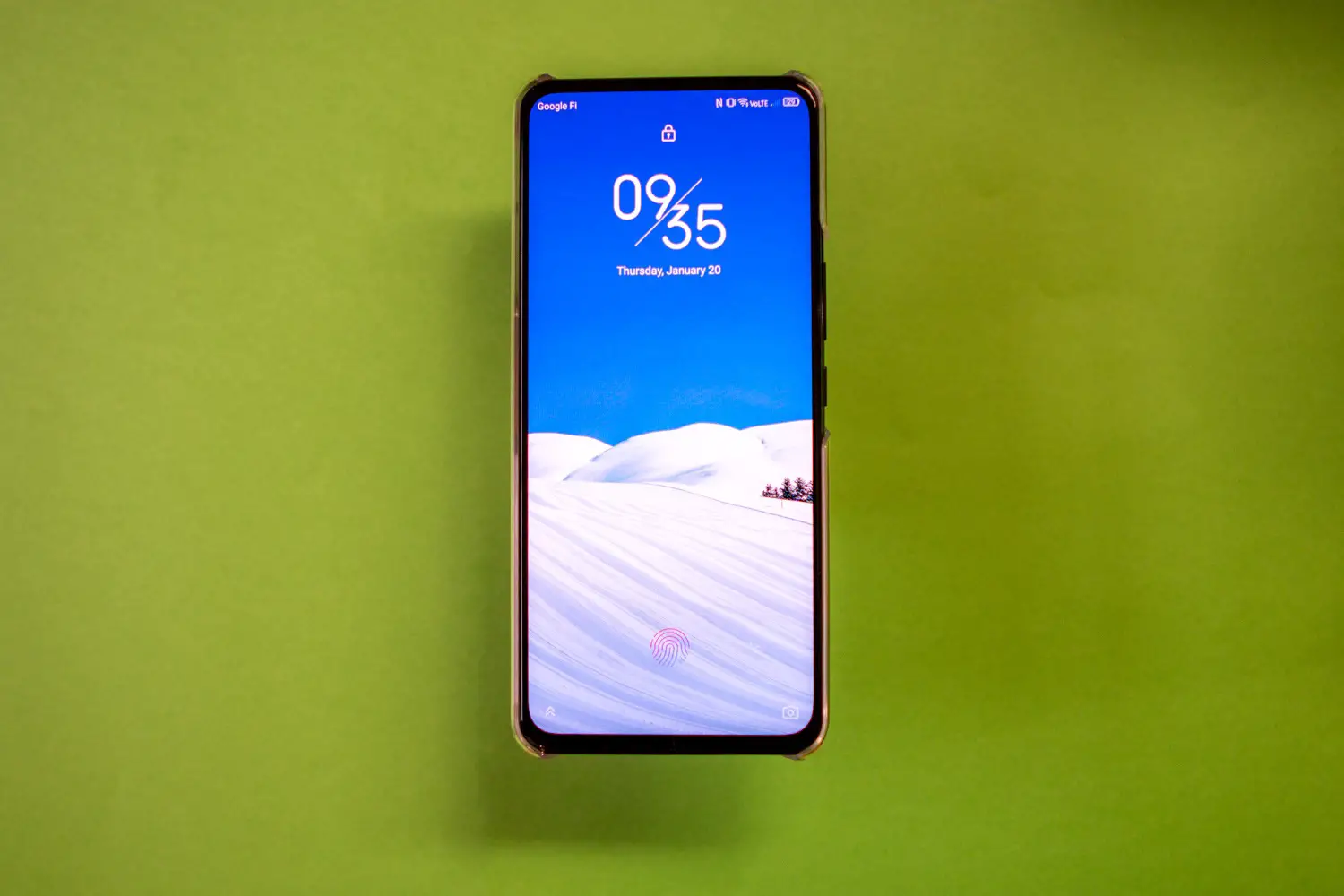
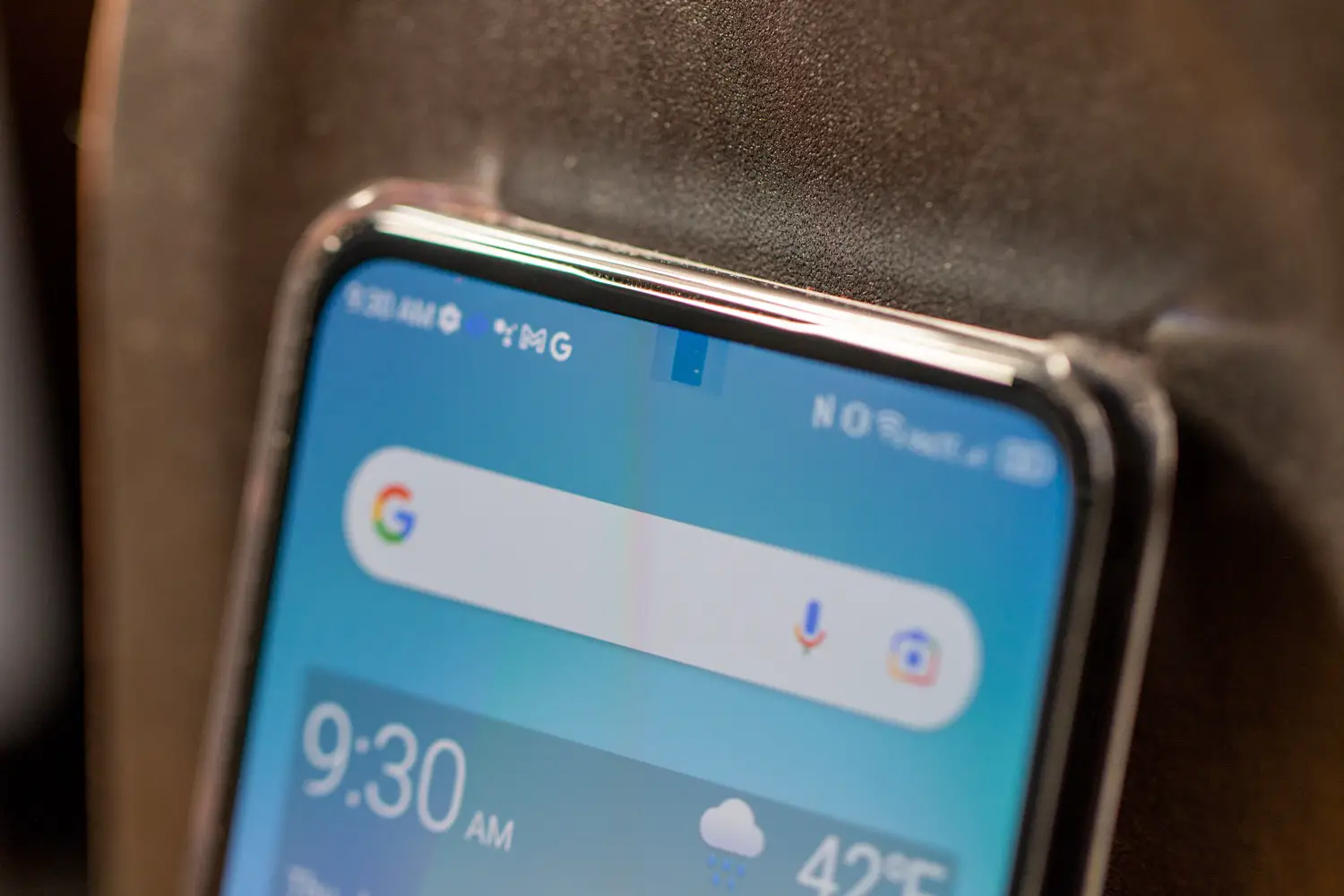
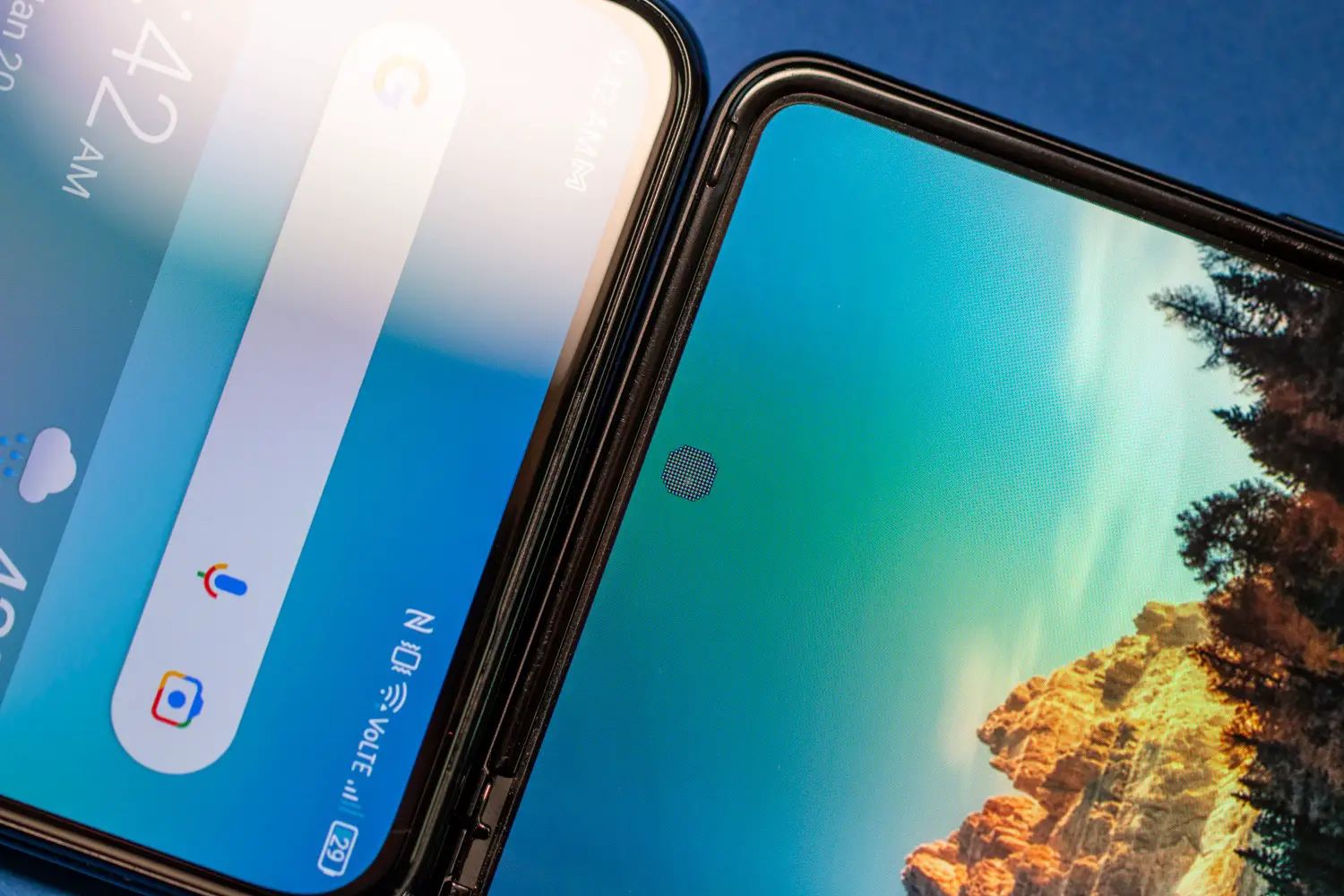
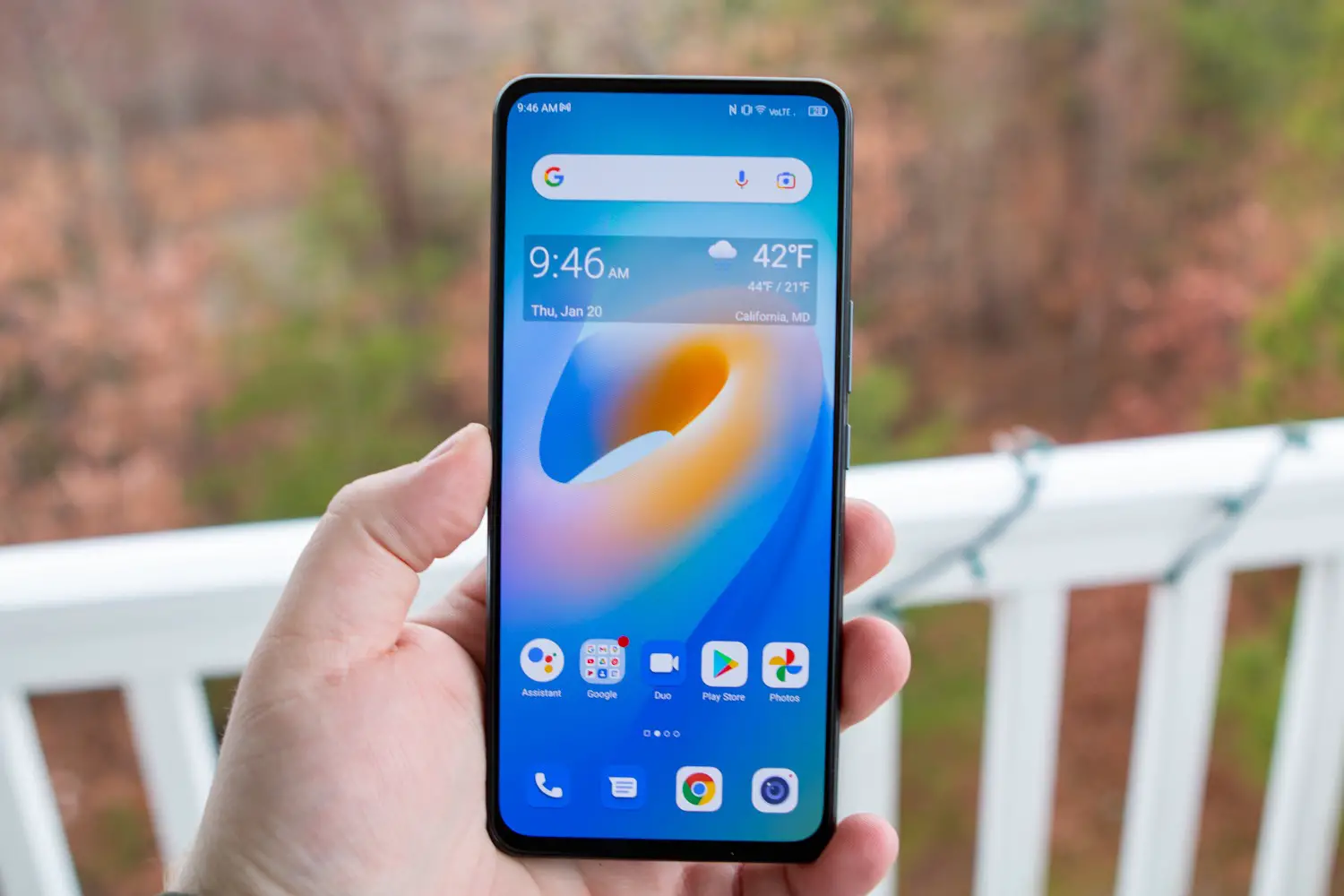
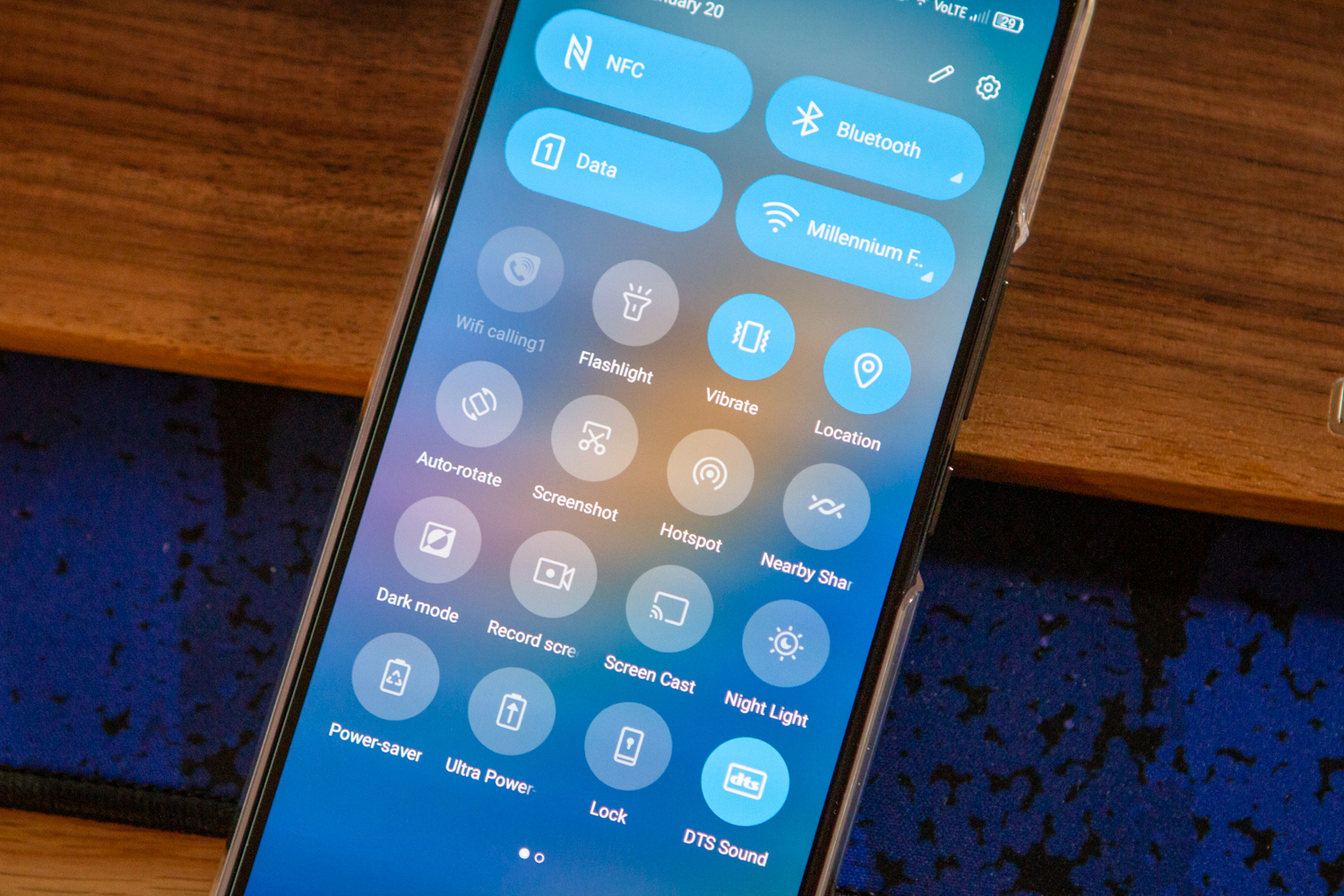
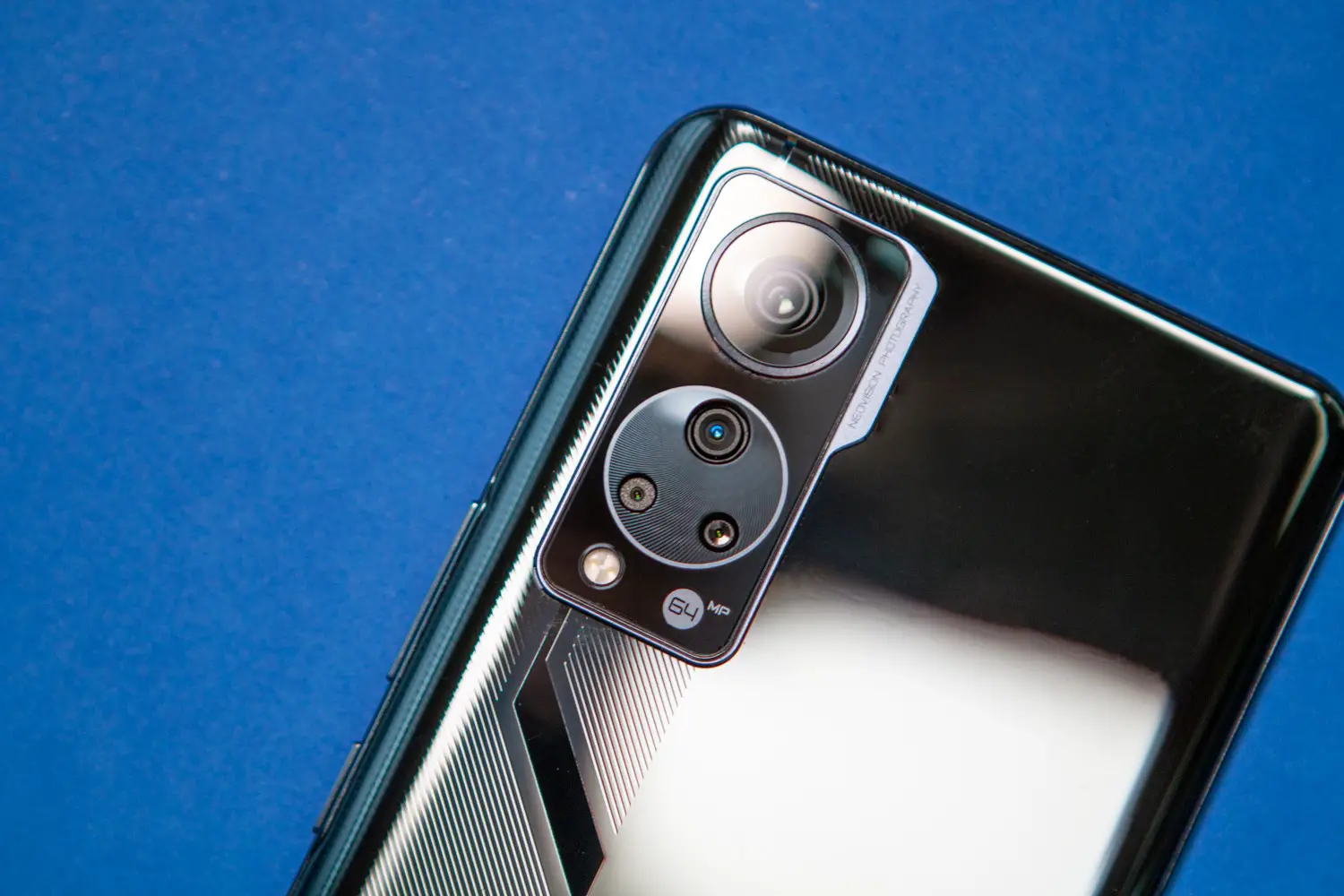




























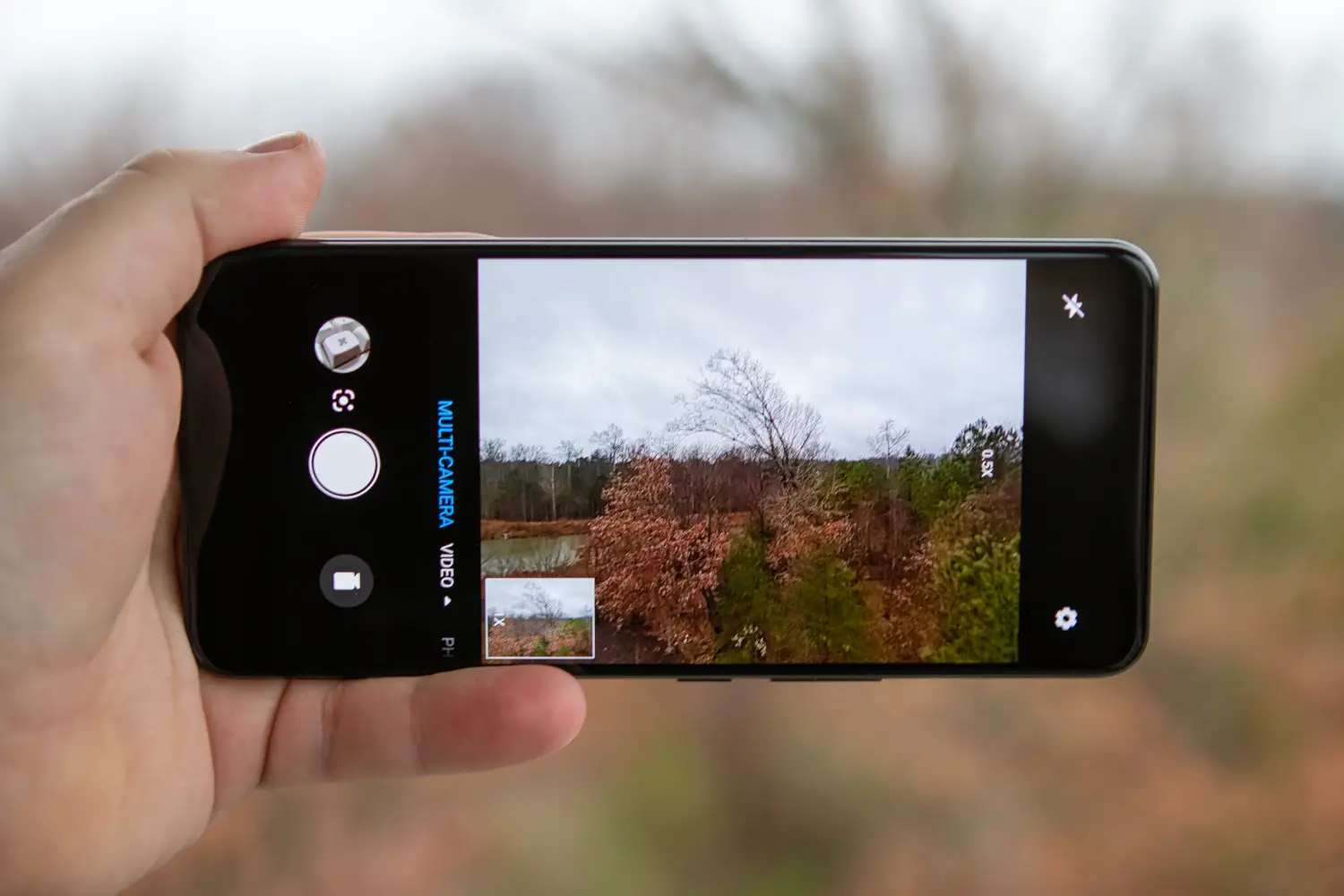
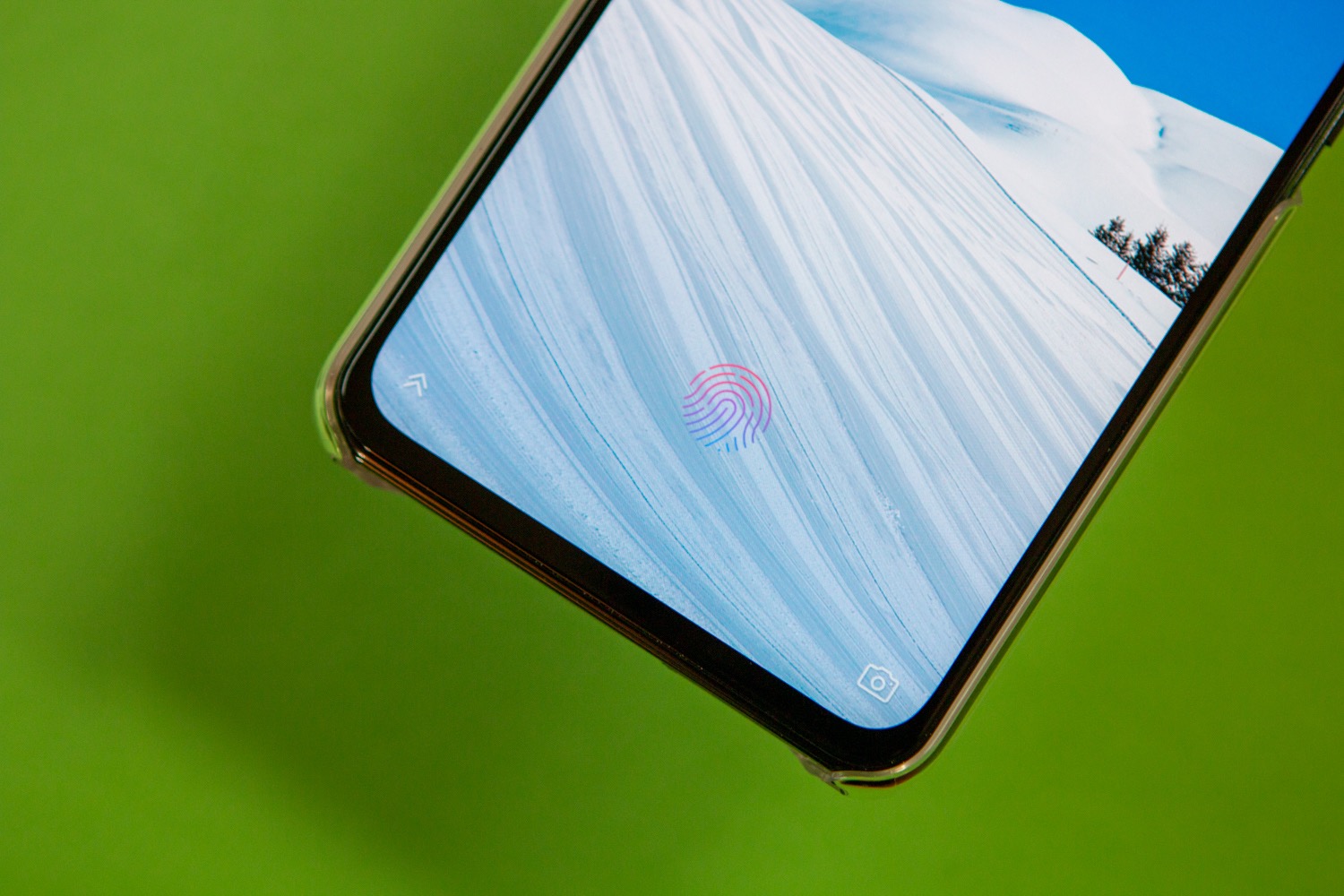
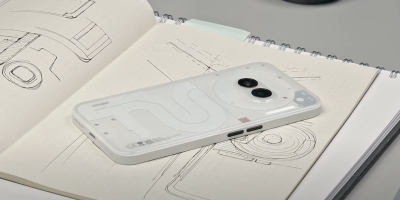
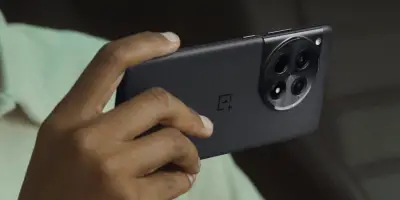
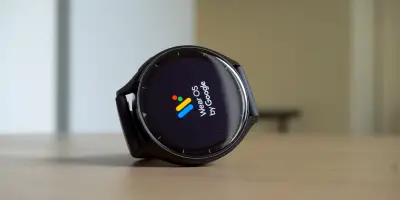

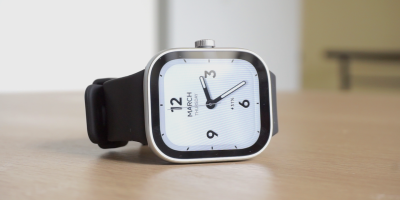
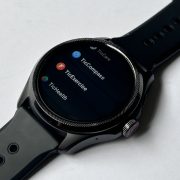

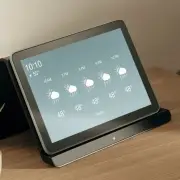

Comments